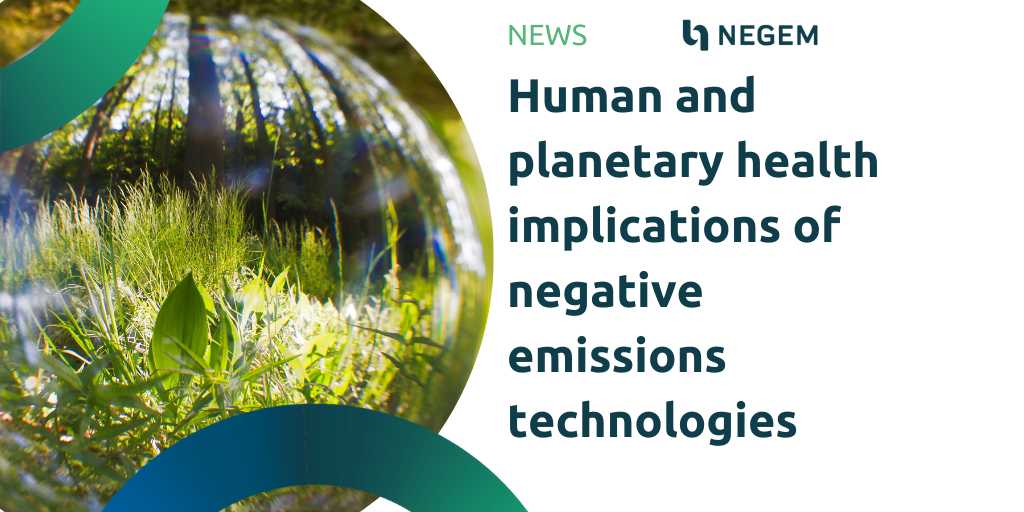Meeting the 1.5 °C target may require removing up to 1,000 Gtonne CO2 by 2100 with Negative Emissions Technologies (NETs). We evaluate the impacts of Direct Air Capture and Bioenergy with Carbon Capture and Storage (DACCS and BECCS), finding that removing 5.9 Gtonne/year CO2 can prevent <9·102 disability-adjusted life years per million people annually, relative to a baseline without NETs. Avoiding this health burden—similar to that of Parkinson’s—can save substantial externalities (≤148 US$/tonne CO2), comparable to the NETs levelized costs. The health co-benefits of BECCS, dependent on the biomass source, can exceed those of DACCS. Although both NETs can help to operate within the climate change and ocean acidification planetary boundaries, they may lead to trade-offs between Earth-system processes. Only DACCS can avert damage to the biosphere integrity without challenging other biophysical limits (impacts ≤2% of the safe operating space). The quantified NETs co-benefits can incentivize their adoption.
To read the full article click here


